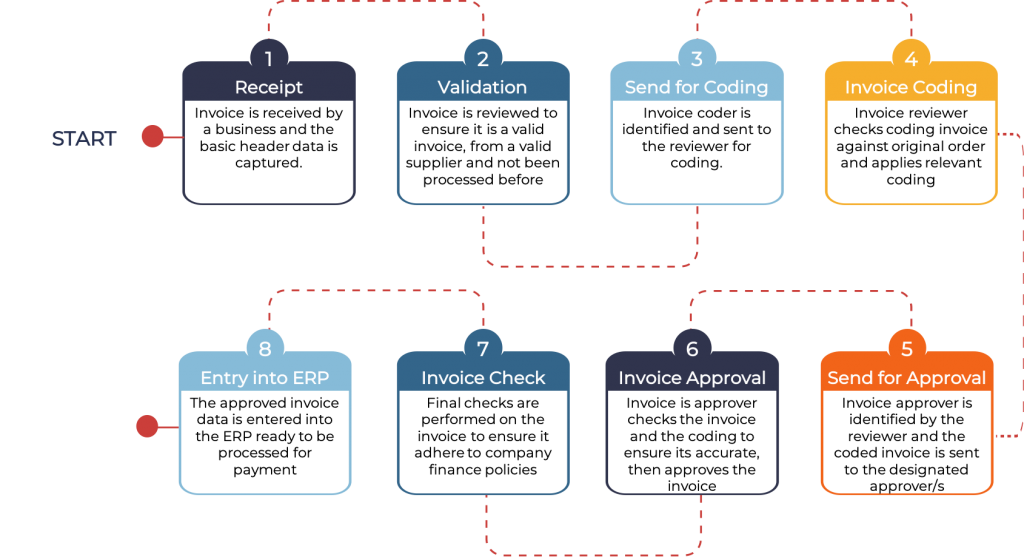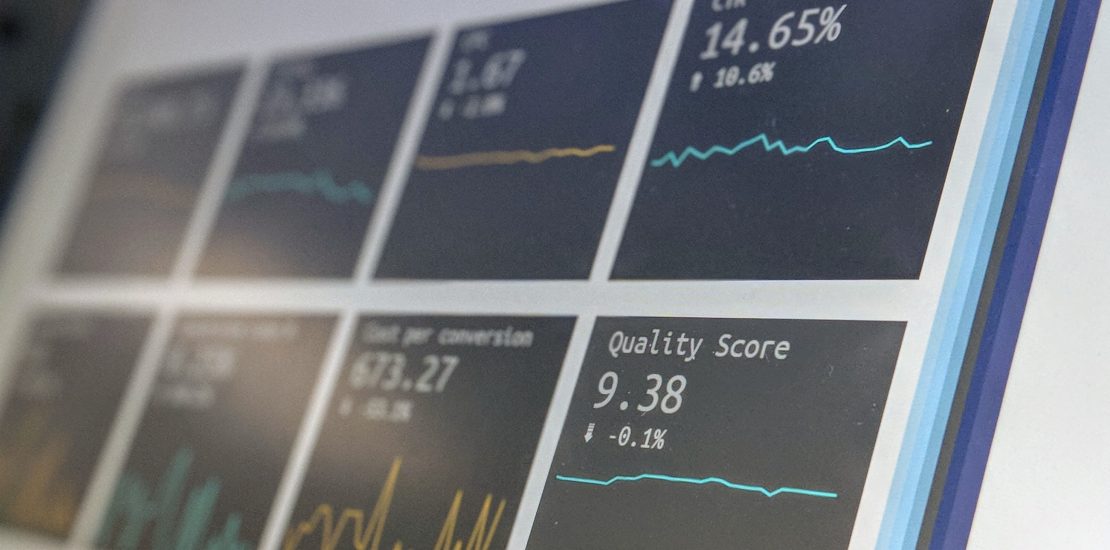Thought Leadership
Procure To Pay Automation VS AP Automation
August 09, 2021


As the on-going impact of the pandemic continues to be felt across the world, many organisations are proactively looking at what they can be doing to protect themselves from further disruptions and further future-proof their business. As many organisations consider back office stability one of the biggest questions we get in our work is whether businesses should be considering AP automation or Procure to Pay Automation. We take a deep dive into both to help you decide on whether a Procure to pay solution or AP automation solution is best for your business.
procure to pay vs accounts payable
Let’s start with some definitions, broadly speaking Accounts payable (AP) refers to your accounts payable processes. This includes the end to to end process of how you receive invoices, all the way through to payment of those invoices. The diagram below shows the general steps involved in the Accounts Payable process.

Businesses that have a high focus on their accounts payable process typically are most concerned with three things:
- That they are paying a valid invoice
- That they are paying to the right supplier
- That the spend is assigned to the correct account code
Once the invoice has been received and the goods have been delivered the question as to whether to spend that money has already passed – the invoice is approved after the fact.
Procure to pay on the other hand refers to the process of not only how the invoice gets processed but the pre-approval of the goods or services through a purchase order. A commitment from the business that they will spend a certain amount with a supplier with an electronic record that the order has been approved by the appropriate person. The diagram below outlines the procure to pay process flow, with the main differences being the activity that is undertaken by the business before the invoice arrives.

what can be automated in the procure to pay and ap processes?
Back office processes are some of the best candidates for automation, most of the time the work is repetitive, logic or rule-based with human intervention required for exceptions. Freeing up your staff from these manual, high volume, transaction activities can be a real game changer for an organisation allowing them to focus on higher value more strategic activities.
The AP process and Procure to Pay process are excellent candidates for automation, our procure to pay experts recently did an automation audit of the procure to pay and accounts payable processes, here’s what they found:
100%
AP processes that have a high automation potential
68%
Procure to pay processes that have a high automation potential
21%
Procure to pay processes that have a medium automation potential
11%
Procure to pay processes that have a low automation potential
The two diagrams below outline the automation potential, at a high level, for both the accounts payable process and the procure to pay process. As you can see both processes are excellent candidates for automation and driving greater resiliency.
AP Automation Potential

Procure to Pay Automation Potential

benefits of ap automation
The benefits of AP automation are straightforward and relatively easy to manage, they include:
- Completely Digital Workflow – supporting remote working
- Fraud mitigation – automating verification of invoice data to mitigate the risk of invoice fraud
- Improved Accuracy and Reduction in Manual Work – shifting high volume, low value transactional activities, like manual entry of data, away from your staff so they can focus on higher value activities.
- Increased control – through purpose built approval chains ensuring invoices are seen by the right people.
AP Automation provides businesses with a solid foundation to digitise and increase efficiency in their processes and can likely lead to re-allocating resources to more value adding activities. Whilst you have strong visibility over your accounts payable process, there are two key areas that are not addressed through AP automation:
- Pre-approval of spend
- Visibility of committed spend
Both are vitally important to improving business resiliency and creating a far more agile organisation that can navigate things like the pandemic far easier.
benefits of procure to pay automation
Procure to pay solutions take AP automation benefits a big step further, shifting from reactive spend visibility to proactive spend management enabling businesses far greater control over how and where the business spends their money. Procure to pay automation enables businesses to drive cost savings through pre-approval of spend, this can be achieved in a number of ways:
- Reducing off-contract spend and increasing savings through more controlled contract spend.
- Avoid maverick and unnecessary business spend
- Drive compliance to leverage preferred supplier relationships
Additionally, visibility into your pre-approved spend is a huge help for your cash flow management with a clear and easily reportable view of your liabilities and upcoming payments. This has proven invaluable for organisations during the pandemic to make quicker and better decisions on what costs they can reduce or avoid completely.
should my organisation choose ap automation or procure to pay automation?
This is, of course, a complex question that can be influenced by a range of different factors but here’s our view. Rather than choosing which one you should focus on, consider how you can mature the processes and technology within your organisation to move towards procure to pay automation. Depending on your starting point this might be moving to AP Automation first and then transition to procure to pay automation. In our experience it’s vital that you understand your starting point in your processes first – to help we’ve create a free online assessment tool to help you understand your finance and procurement operations more deeply and benchmark your operations.




